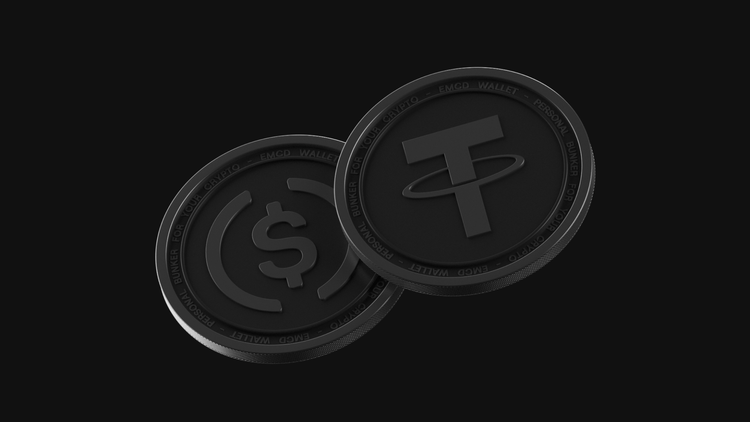How to Spot a Scam Project Before It’s Too Late
Crypto unlocks innovation — and opens the door to scams. With no central regulator, decentralized infrastructure, and a flood of confusing jargon, it’s the perfect breeding ground for fraud. Especially for newcomers. But the signs are there if you know what to look for. A bit of skepticism goes a long way.
‘Guaranteed returns’? That’s your cue to walk away
When a project promises fixed profits — something like ‘10% a day’ or ‘double your money in a week’ — you’re not looking at a breakthrough. You’re looking at a Ponzi scheme. Real projects talk about risk and volatility. Scams sell fantasies. In crypto, nothing is guaranteed. If someone claims otherwise, it’s not just a red flag — it’s a siren.
If you can’t see the team, you don’t know who’s behind the curtain
Legitimate projects don’t hide in the shadows. You’ll usually find a working website, real names, whitepapers, token info, maybe even open-source code. That doesn’t mean everyone needs to be doxxed, but when all you see is a Telegram group full of hype and vague answers, that’s not privacy — that’s misdirection. An anonymous team can be fine. An invisible one, especially when paired with lofty promises and no technical transparency, usually isn’t.
No working product? No purpose
A credible project solves a real problem. If there’s no working app, no prototype, and the token’s only purpose is to be bought and sold — that’s speculation at best, deception at worst. Some scammers go further, embedding smart contract code that delays withdrawals or locks funds behind a vague ‘unlock date’. That’s not a technical hiccup. That’s the scam in action.
Social media that feels too clean is usually fake
Real communities ask questions, challenge ideas, and call out flaws. Scams prefer silence — or scripts. If the Twitter feed is full of emojis, recycled taglines, and influencer hype with no real discussion, you’re likely looking at a show, not a project. Engagement isn’t just numbers. It’s real people asking real things. And if you can’t find any, that’s a problem.
Messy tokenomics are a red flag in disguise
Token allocation says a lot. If the dev team controls the majority of tokens or there’s no clarity on how supply is distributed, you’re trusting people you don’t know with value you may never get back. Missing info about liquidity, lack of burn mechanics, or vesting schedules — these aren’t oversights. They’re warning signs. Solid projects explain exactly how their token economy works and often back it with on-chain data, public audits, or community-run treasuries.
‘We got audited’ means nothing without receipts
Not all audits are created equal. A real audit — from firms like CertiK, Hacken, or Trail of Bits — is detailed, recent, and includes findings. A ‘security partner’ badge on the website with no links or context is marketing, not protection. The best audits happen before launch, when there’s still time to fix vulnerabilities — not after investors are already exposed.
When the devs vanish, it’s already too late
The rug pull playbook is simple: launch hype, pump token, and disappear. If the team ghosts after launch or stops communicating after the token spikes, the exit has already begun. Real builders don’t vanish. They stay active, communicate clearly, and build toward decentralization or sustainable exits. If there’s no roadmap past the token sale, you’re not buying into a vision — you’re funding a short con.
Final reality check
You can’t eliminate risk in crypto — and that’s okay. Risk is part of innovation. But what you can do is protect yourself from the most obvious traps by slowing down, asking the right questions, and staying grounded in common sense.
Here’s the core test: strip away the crypto terms, the buzzwords, the blockchain talk. Would you still trust this team with your money if this were just a startup, a product pitch, or an investment outside the crypto space? No tokens, no whitepapers — just the people, the product, and the promises. If the answer’s no, walk away.
That mental filter alone can save you from most scams. But go further:
- Look for a real product or at least a credible prototype. If the only thing live is a flashy token page, that’s not a business — that’s bait
- Try to understand what the token is for. If its only role is ‘number go up’, the project has no real foundation
- Ask whether the incentives are aligned. Are the developers locking up their own tokens, or dumping them on early users? Do they respond to criticism and questions, or shut it down?
- And always, always protect your wallet. Connect only to trusted dApps. Double-check transaction prompts. Don’t click random links, and never sign things you don’t understand
For beginners, the most powerful strategy isn’t chasing gains — it’s avoiding losses. Staying in the game long enough to learn, adapt, and build confidence is how people grow in this space.
Scams thrive on urgency, hype, and confusion. Your edge is patience, clarity, and curiosity. When something feels off, take the time to figure out why. In crypto, hesitation is often your best defense.
And if you’re ever unsure — ask around. Communities, forums, and explorers are full of people who’ve seen it before. Learn from their mistakes before making your own.
Because in the end, crypto doesn’t change the basics: if you wouldn’t trust it outside of Web3, don’t trust it inside it either.
Want to learn how to protect your investments and grow them smartly? In our Financial Literacy course, we don’t just teach you how to earn, we show you how to dodge scams and make smarter decisions. Join us and be the one who blocks fraud, not feeds it.



